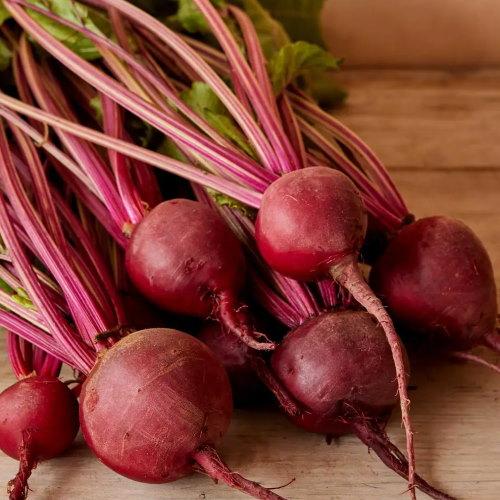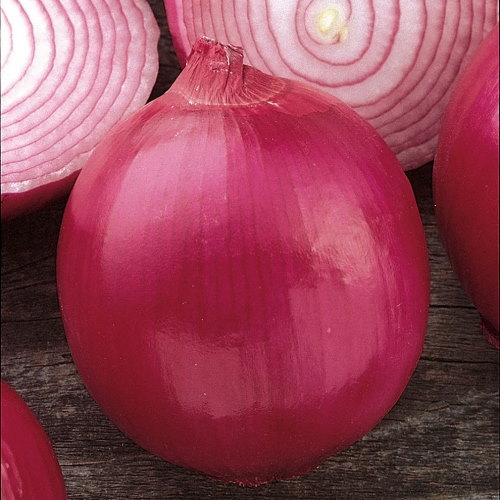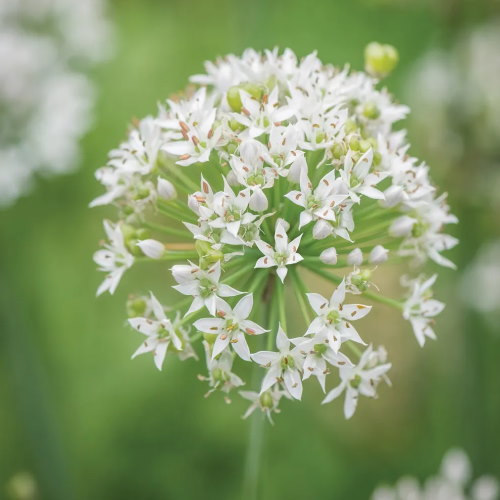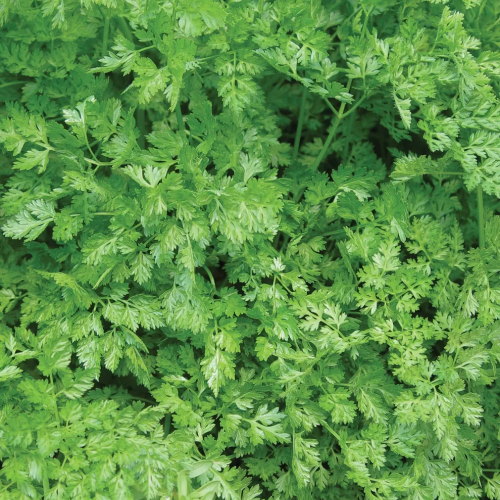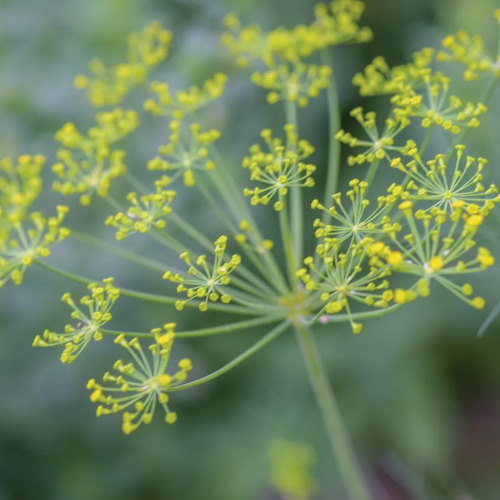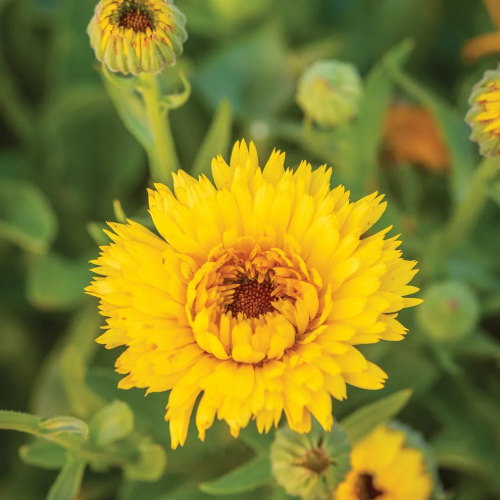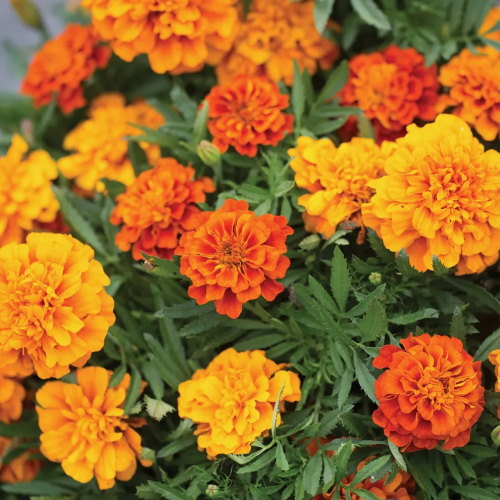I've grown vegetables for 12 years, and these are the best herbs, flowers, and fruit to use as lettuce companion plants – plus the ones to avoid
Get lettuce companion planting right and you'll get bigger, healthier crops from your kitchen garden


Any lettuce harvest can be ruined by picking leaf after leaf riddled with holes from hungry pests. That nightmare scenario can be avoided by using lettuce companion plants to deter a host of potential pests that may otherwise feast on your crop.
It is not just against pests that lettuce companion plants offer benefits. They can also provide shade for lettuce and companion planting allows you to grow crops closer together by taking advantage of their growth habits and rooting depths.
Why not unlock a wealth of advantages from companion planting when growing lettuce? With such a wide array of lettuce companion plants to pick from, there is bound to be a combination that works for you.
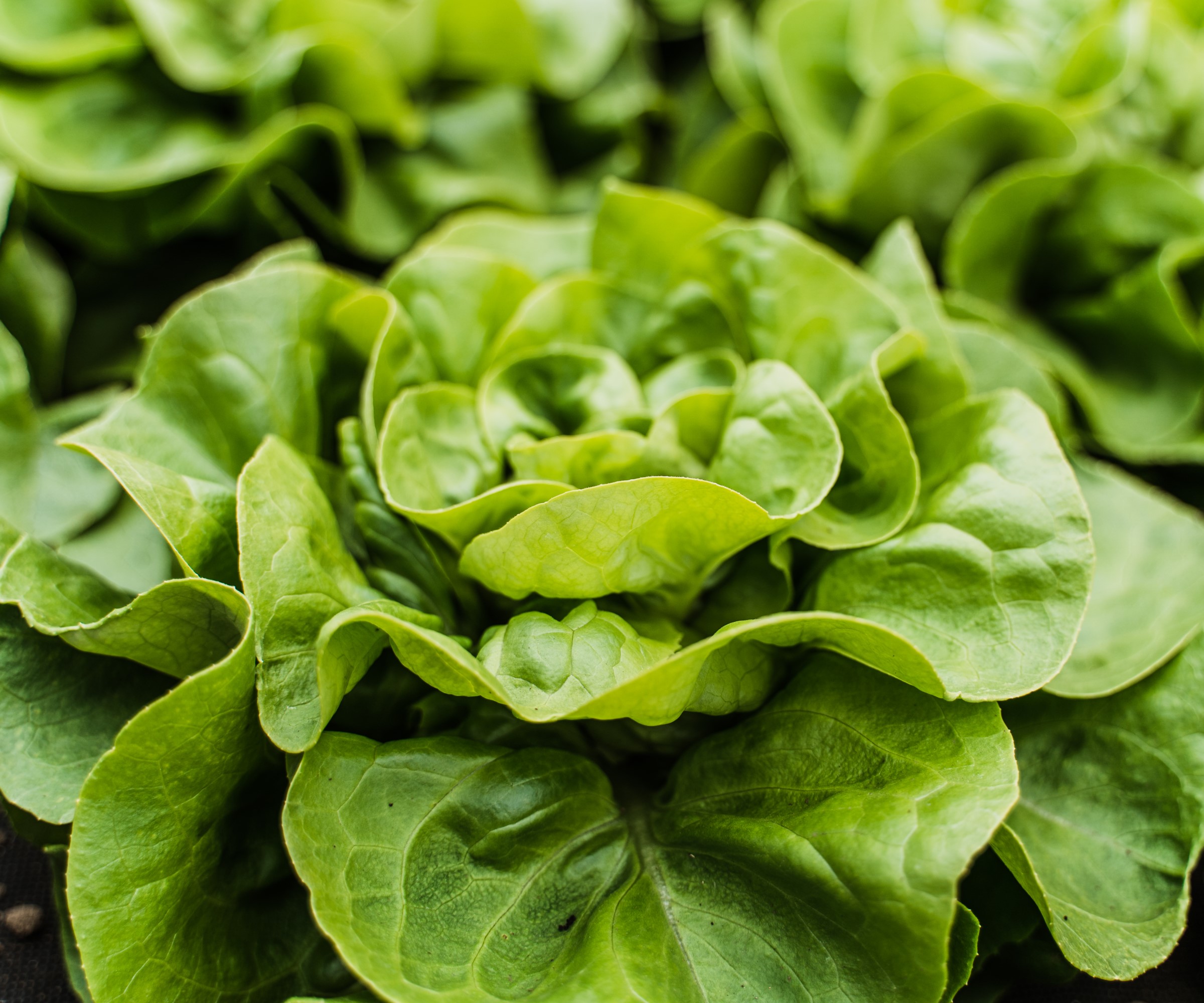
Why grow lettuce companion plants?
Lettuce companion planting is a hugely beneficial way of protecting your crops and ensuring you get the best lettuce harvest. This guide looks at what grows well with lettuce, including the vegetables, herbs, flowers, and fruit that pair successfully to help you decide where to plant lettuce in your vegetable garden.
Vegetables as lettuce companion plants
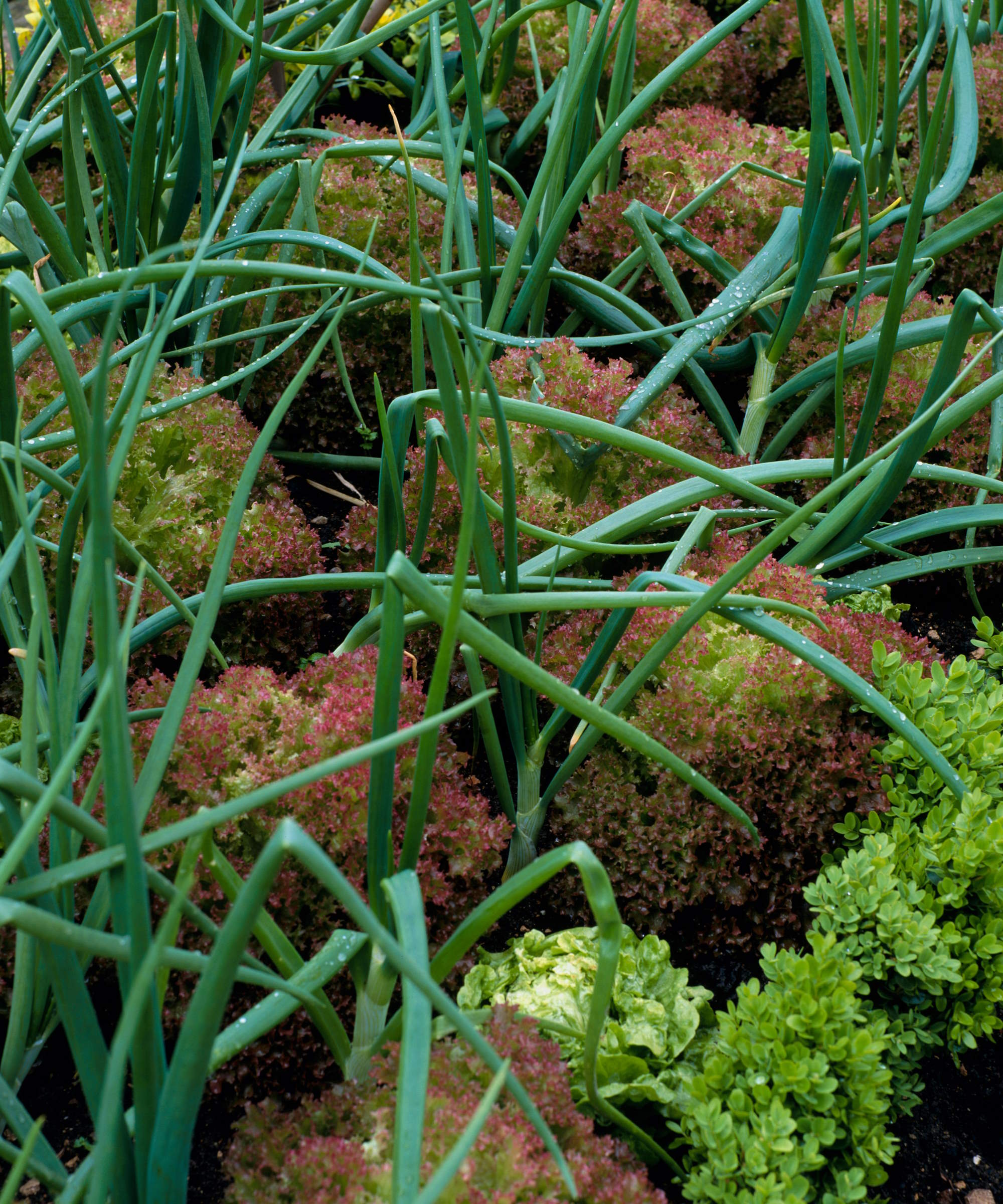
Root crops such as beets, carrots, parsnips, and radishes are great companion plants for lettuce. Lettuce is a very shallow-rooting crop and doesn’t compete for nutrients with root crops that venture deeper in search of water and food. The two do not interfere with each other as they grow, plus they can be planted close to each other due to their different growing habits.
Allium crops are great lettuce companion plants as they help repel pests that commonly trouble lettuce. Planting the likes of onions, shallots, leeks, or garlic with lettuce can help to deter aphids, slugs, and snails to ensure your lettuce is free from imperfections. The strong smell emitted by allium plants is beneficial at repelling a wide range of unwanted insects from munching on your lettuce leaves.
Growing taller crops can shade the lettuce from the sun, helping prevent water loss and stopping plants from bolting in the summer. Growing tomatoes, cucumber, or eggplant as lettuce companion plants give beneficial shade to lower-growing lettuces during the warmer months.
Herbs as lettuce companion plants
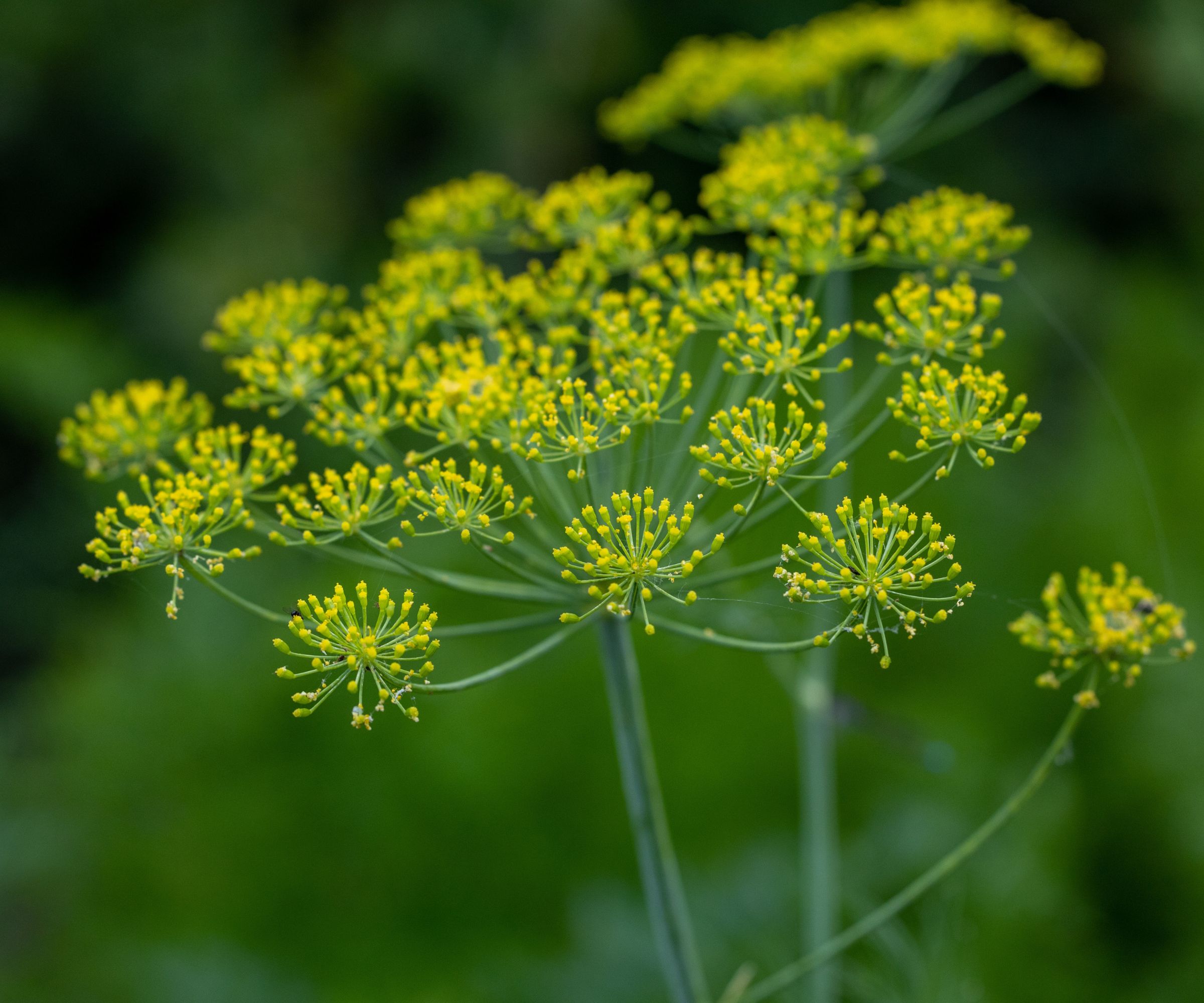
Don’t just keep plants confined to a herb garden. Herbs offer fantastic properties as companion plants to lettuce and other kitchen garden crops.
Some herbs are great at repelling pests. For example, chervil and mint repulse slugs and snails, while the pungent aroma of chives wards off many lettuce pests.
Other aromatic herbs attract beneficial insects that can eat aphids and other pests that commonly nibble on lettuce leaves. Dill is known to attract ladybugs and lacewings and cilantro can encourage parasitic wasps.
Flowers as lettuce companion plants

A lovely selection of edible flowers can be used as lettuce companion plants. These plants will look beautiful and benefit lettuce against insects, but also provide a crop of flowers.
- Nasturtiums attract aphids away from lettuces and attract predatory insects to eat unwanted pests.
- Calendula can be used as trap crops to attract slugs and snails away from lettuces.
- Marigolds protect against the likes of aphids, nematodes, and beetles.
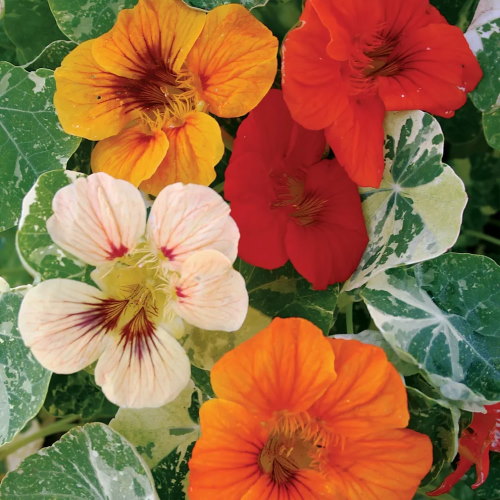
A beautiful nasturtium which has gold, orange, salmon, and mahogany flowers with variegated foliage.
Fruit as lettuce companion plants
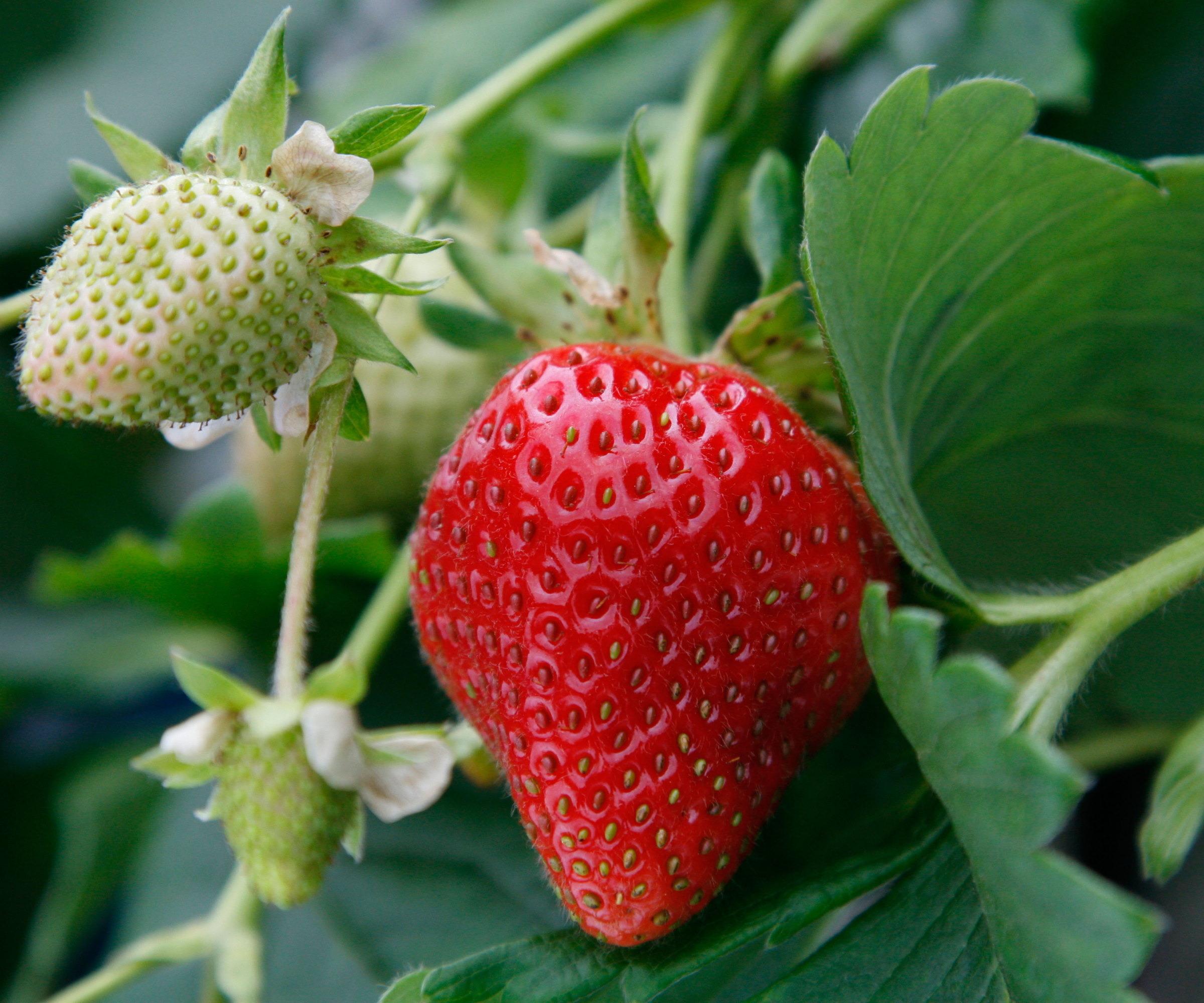
It may be surprising to discover that strawberries are a great companion plant for lettuce. The crop is a good strawberry companion plant as the two enjoy the same growing conditions and have roots at different depths - so will not compete. Growing strawberries attracts predatory mites and parasitic wasps to feed on pests that may otherwise trouble the lettuce.
Bad companion plants for lettuce
Where there are good partners, there must also be bad. So avoid the companion planting mistake of pairing up any of the following crops as lettuce companion plants.
Any crop in the cabbage family actively prevents lettuce seeds from germinating due to a chemical compound emitted from their roots. That means never growing broccoli, kale, cauliflower, or cabbage near lettuce plants.
Another crop that can actively harm lettuce is fennel. The herb produces a chemical that actively slows down the growth of plants nearby. It will severely stunt the development of any lettuce plants.
FAQs
Can basil and lettuce be grown together?
Basil can be planted with lettuce and it is commonly thought that the crop can enhance the flavor of lettuce. Basil can also repel thrips and aphids, making it a beneficial lettuce companion plant.
Can you plant lettuce next to peppers?
Lettuce can be planted with peppers, whether you are growing chili peppers or bell peppers. The two have different growth habits and the pepper plants can provide shade to lettuce plants as they grow upwards.
Lettuce companion planting is not limited to crops growing in the ground. There is still scope for companion plants even if you grow lettuce in pots. Add smaller plants like radishes, scallions, or calendula to containers to protect lettuces from pests and keep your leaves unblemished.
Sign up to the Homes & Gardens newsletter
Design expertise in your inbox – from inspiring decorating ideas and beautiful celebrity homes to practical gardening advice and shopping round-ups.

Drew’s passion for gardening started with growing vegetables and salad in raised beds in a small urban terrace garden. He has worked as a professional gardener in historic gardens and specialises in growing vegetables, fruit, herbs, and cut flowers as a kitchen gardener. That passion for growing extends to being an allotmenteer, garden blogger, and producing how-to gardening guides for websites. Drew was shortlisted for the New Talent of the Year award at the 2023 Garden Media Guild Awards.
-
 Triangular shaped garden ideas – landscape designers share 9 ingenious ways to redesign your corner plot
Triangular shaped garden ideas – landscape designers share 9 ingenious ways to redesign your corner plotExpert tips for planning, planting and finessing a triangular shaped plot, so you can savour the space year round
By Jill Morgan
-
 These are the 6 things designers say you should never put in a small living room
These are the 6 things designers say you should never put in a small living roomThe items that should be banned from a small living room are right here along with what you should opt for instead
By Sarah Warwick
-
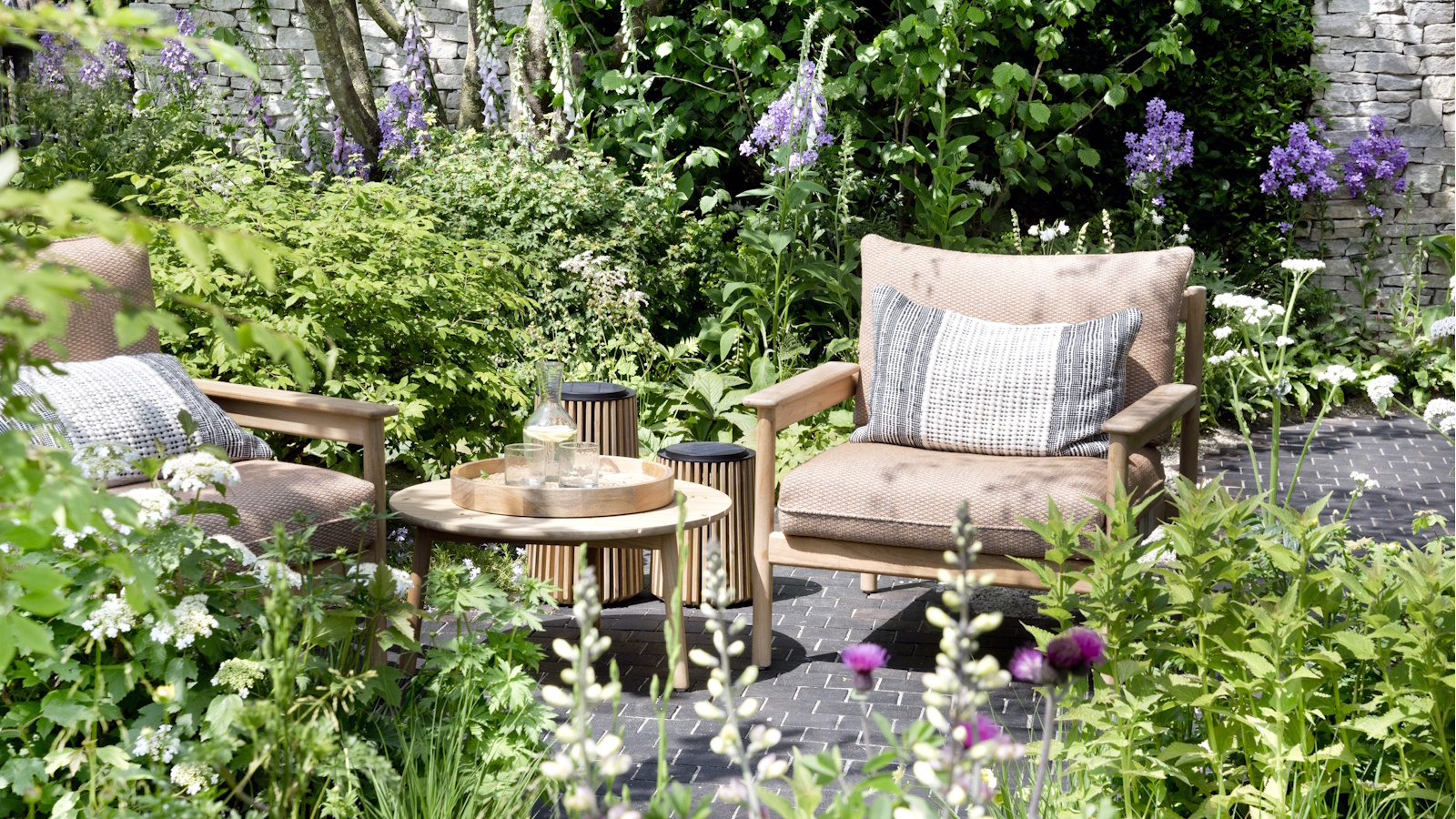 This $20 pop-up greenhouse from ALDI is perfect for small yards – it will turbocharge your tomato harvests this summer
This $20 pop-up greenhouse from ALDI is perfect for small yards – it will turbocharge your tomato harvests this summerEasy to use and compact to store, pop-up greenhouses are ideal for patio or balcony gardeners
By Thomas Rutter
-
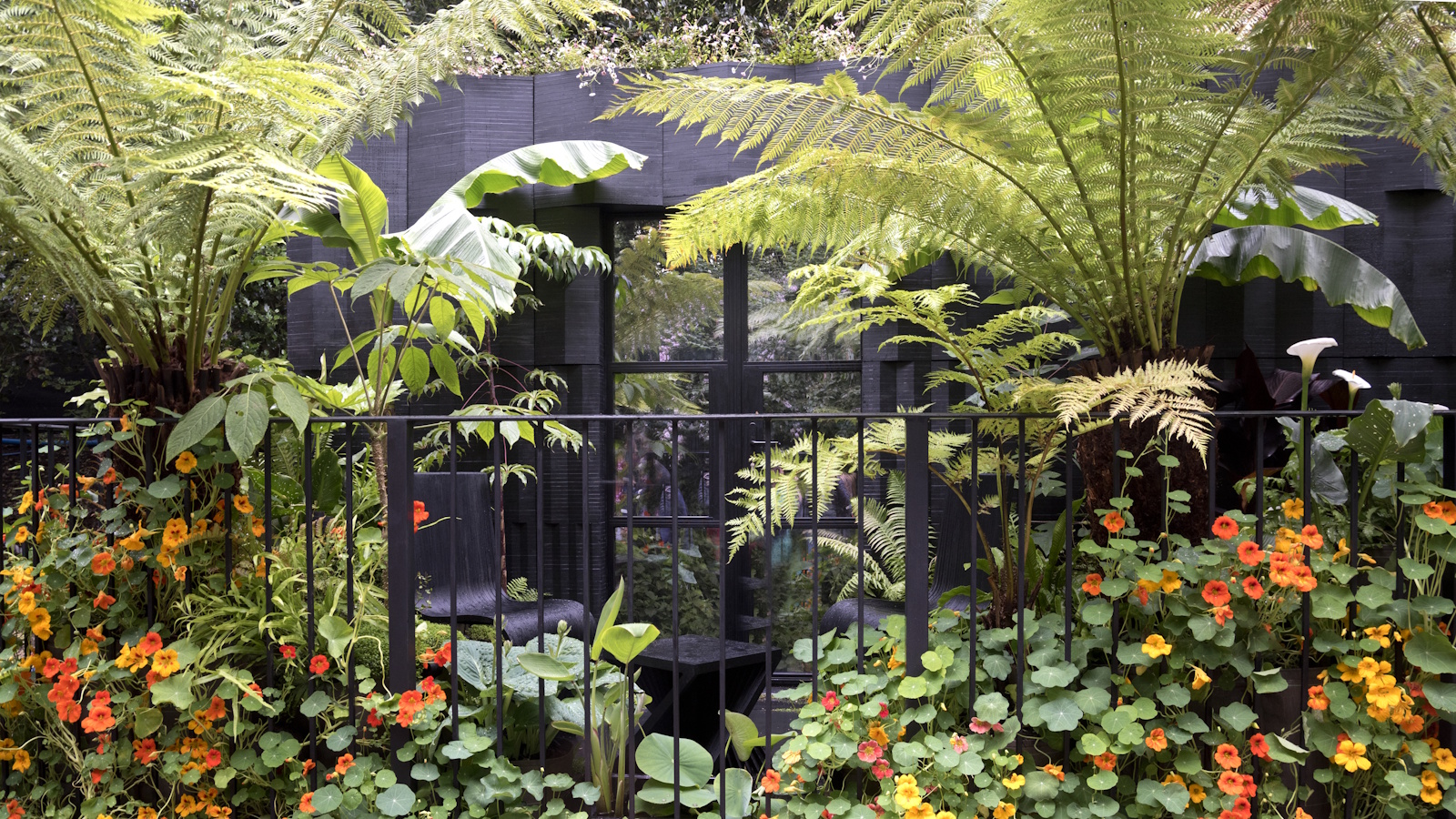 Small yard but want to grow your own crops? This wooden cold frame is 40% off at Wayfair – and it's perfect for tiny patios and apartments
Small yard but want to grow your own crops? This wooden cold frame is 40% off at Wayfair – and it's perfect for tiny patios and apartmentsCold frames are a sensible investment for any gardeners struggling for space on balconies, backyards or patios
By Thomas Rutter
-
 7 of the best tomatoes for growing in pots – expert growers pick their top varieties ideal for large harvests from containers
7 of the best tomatoes for growing in pots – expert growers pick their top varieties ideal for large harvests from containersYou can enjoy bumper homegrown harvests in small spaces
By Drew Swainston
-
 These 5 plants can help you get the best, and potentially tastiest, broccoli ever – discover what to plant with broccoli, and what to avoid
These 5 plants can help you get the best, and potentially tastiest, broccoli ever – discover what to plant with broccoli, and what to avoidOur selection of vegetables, herbs, and flowers is perfect for companion planting with broccoli
By Drew Swainston
-
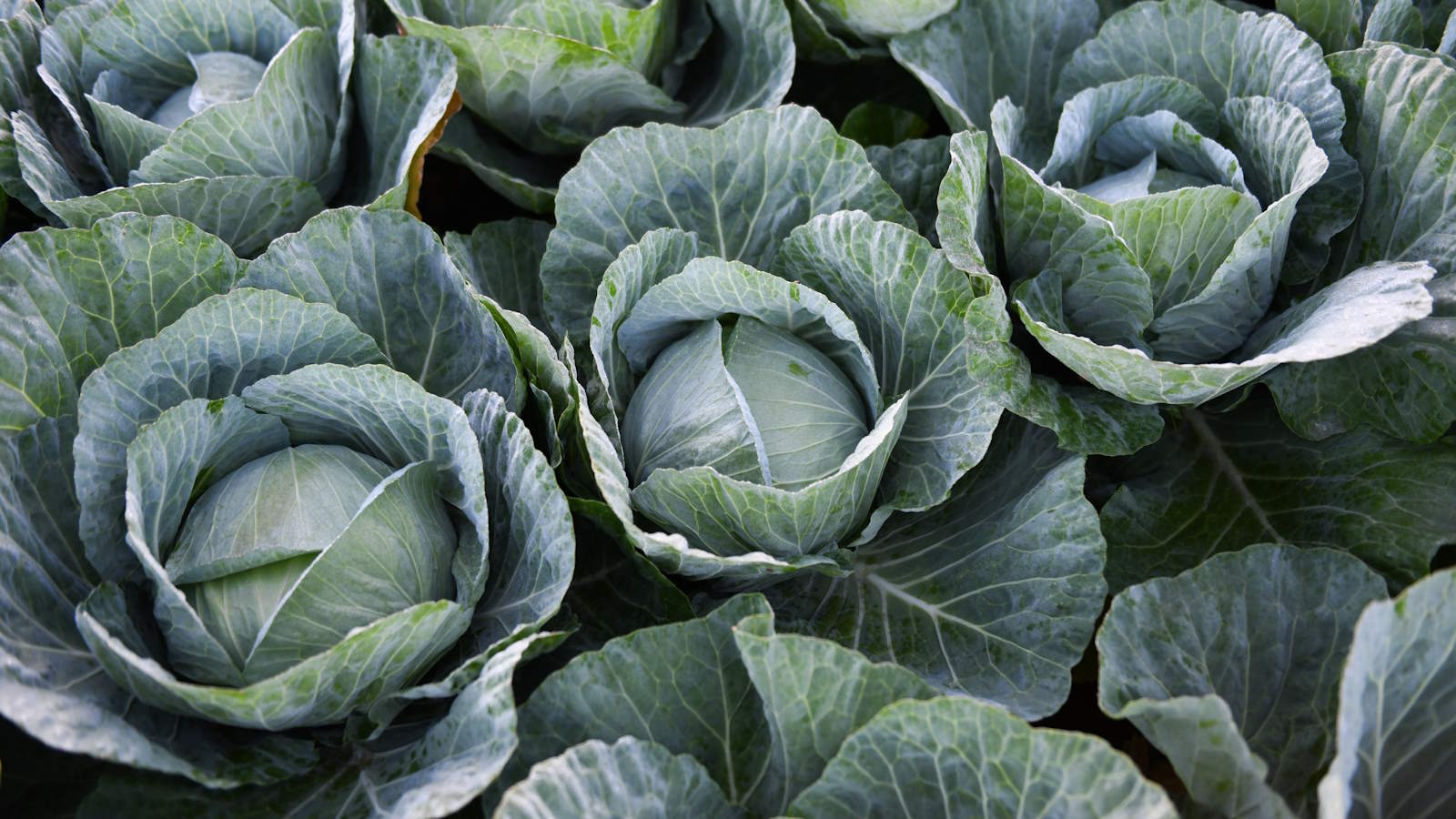 How to grow cabbages in containers – expert tips for top harvests in small urban spaces
How to grow cabbages in containers – expert tips for top harvests in small urban spacesYou can grow lots of different cabbages in pots, troughs, grow bags, or buckets
By Drew Swainston
-
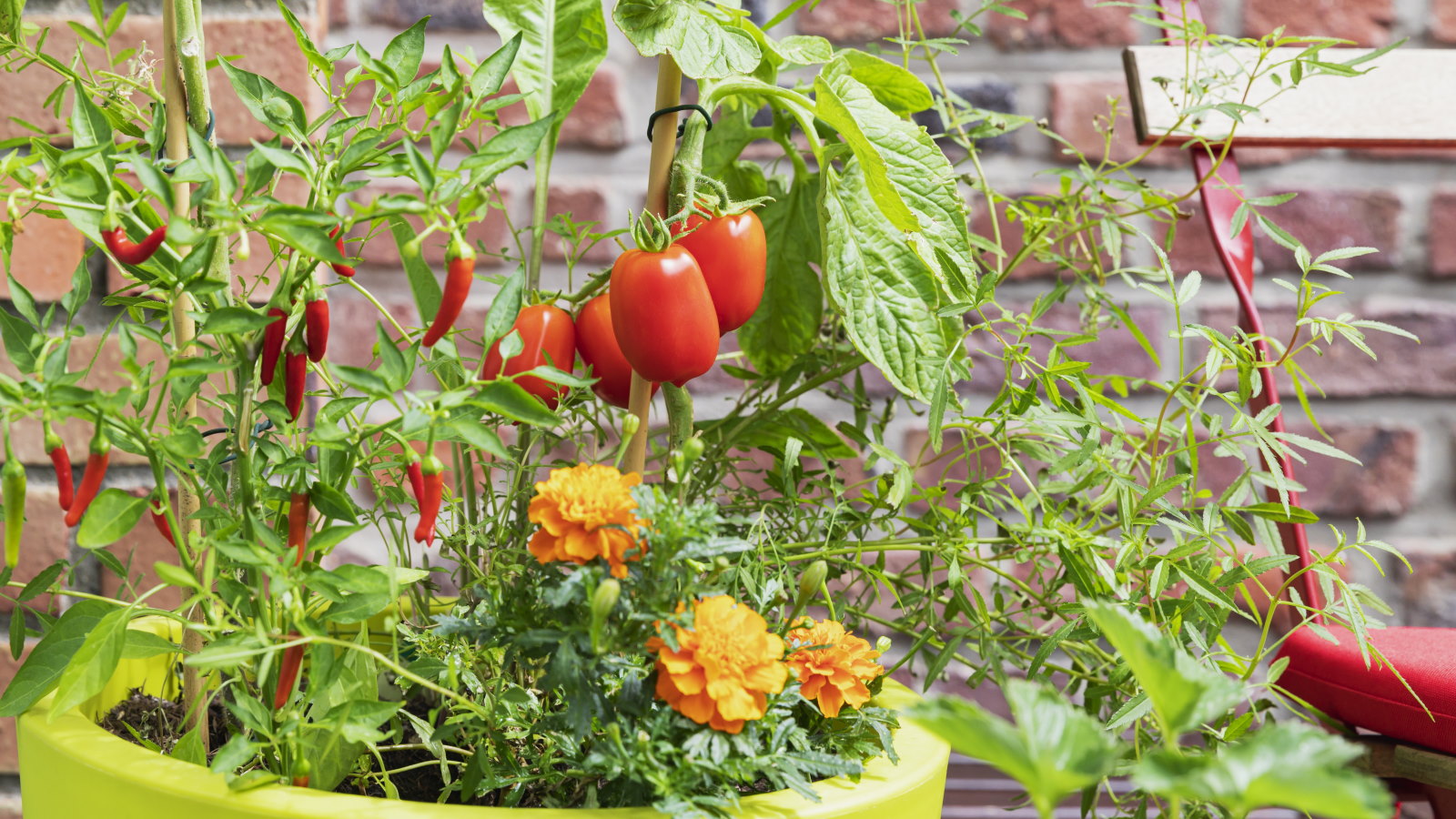 You'll get the best homegrown tomato crops if you plant them next to this one flower – discover why these two are a dream combination
You'll get the best homegrown tomato crops if you plant them next to this one flower – discover why these two are a dream combinationYour tomato plants will be pest-free and covered in fruits
By Drew Swainston
-
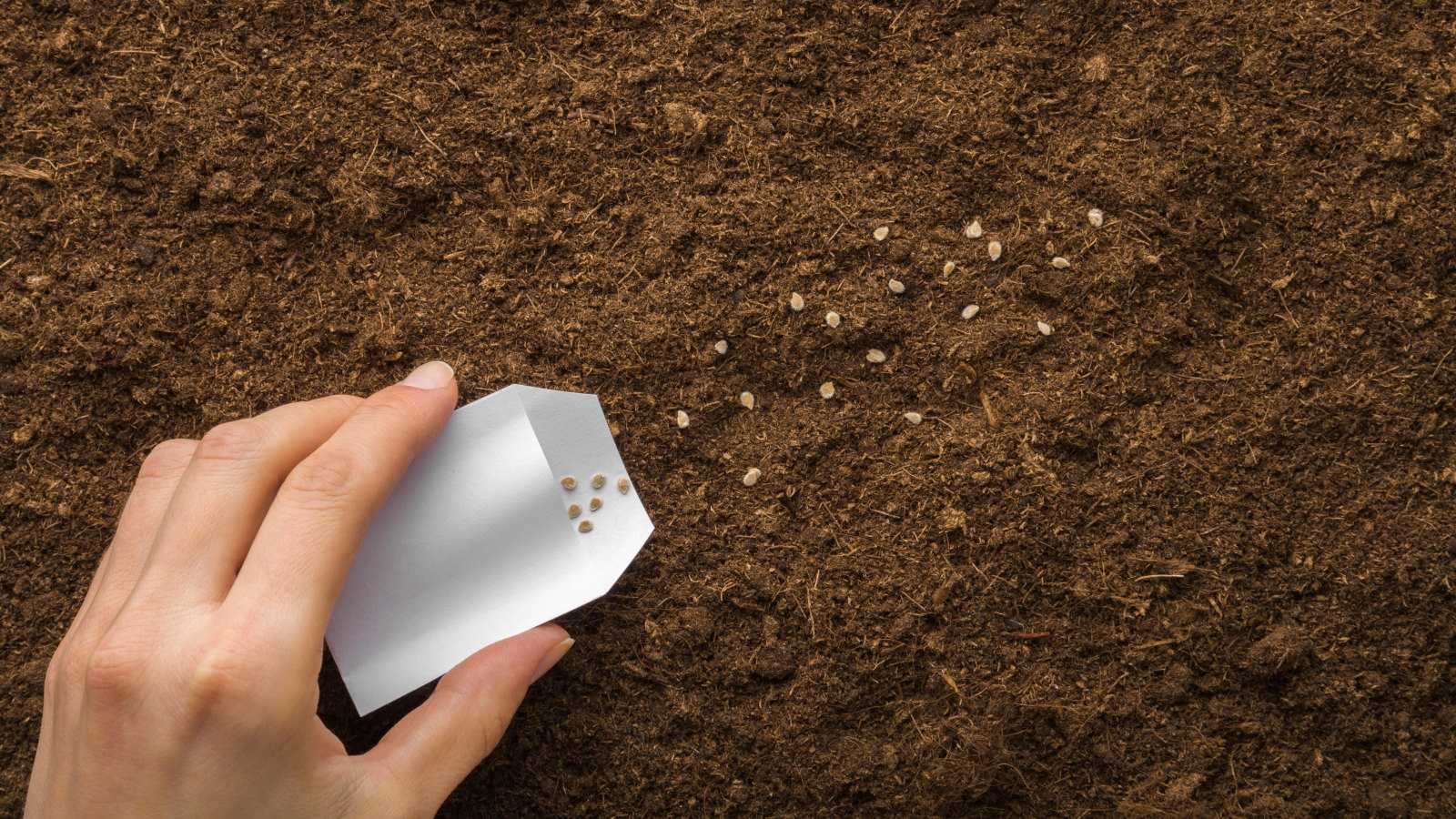 Direct sowing vs transplanting – our grow-your-own expert advises which is best, and shares 5 veggies you should always sow directly
Direct sowing vs transplanting – our grow-your-own expert advises which is best, and shares 5 veggies you should always sow directlyBoth approaches to sowing vegetables have pros and cons
By Drew Swainston
-
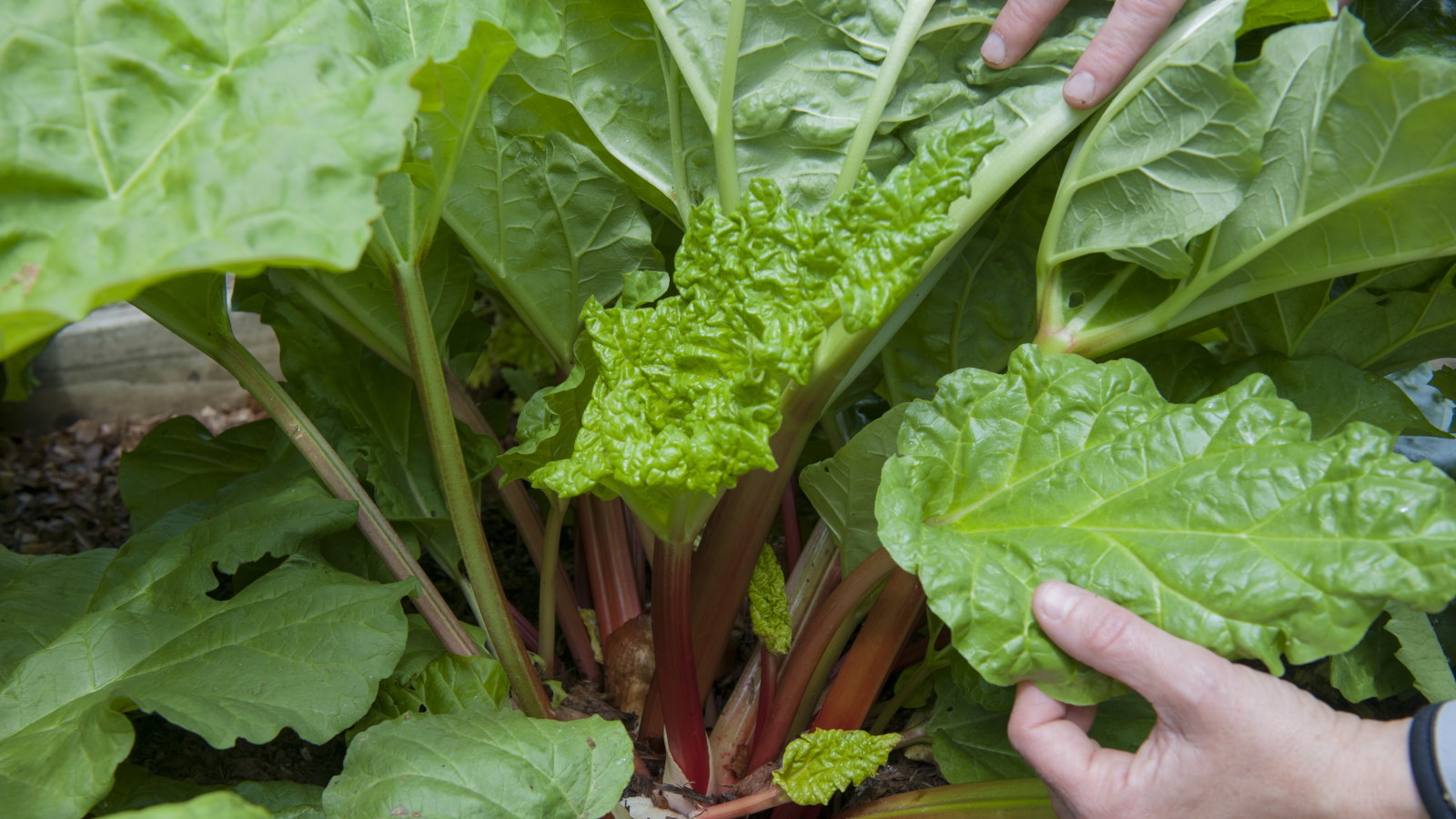 I grew rhubarb from seed for years – here’s exactly how to do it for guaranteed germination and healthy crops of fruit
I grew rhubarb from seed for years – here’s exactly how to do it for guaranteed germination and healthy crops of fruitGrowing rhubarb from seed is a cost-effective way to propagate plants, but it requires care and patience
By Drew Swainston
